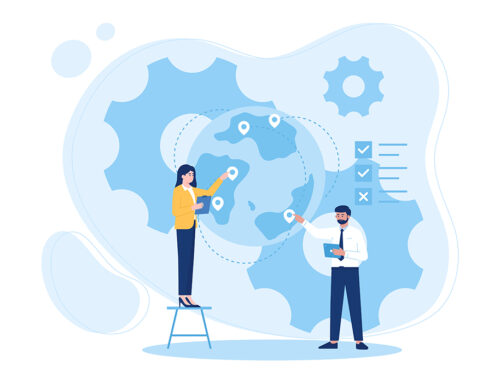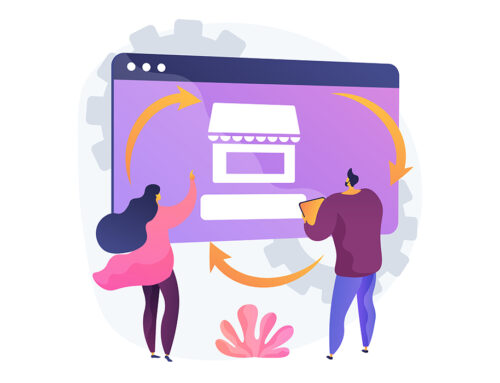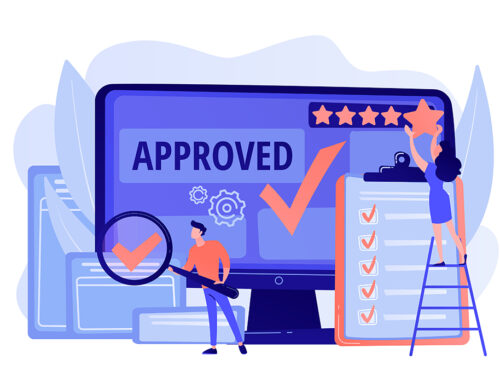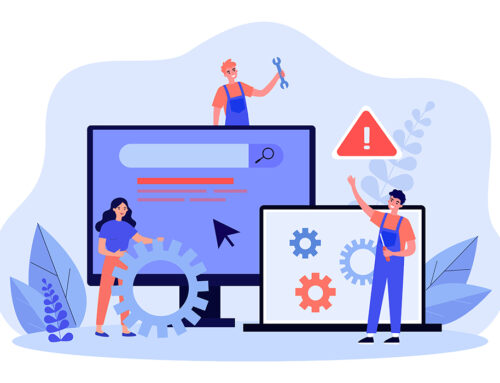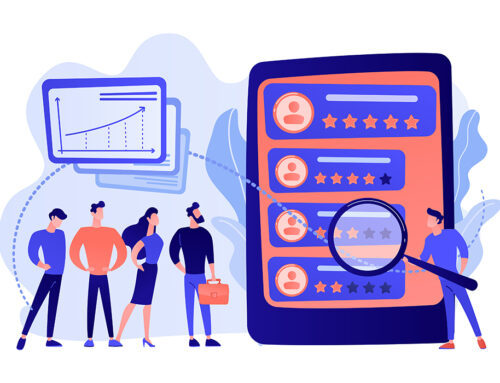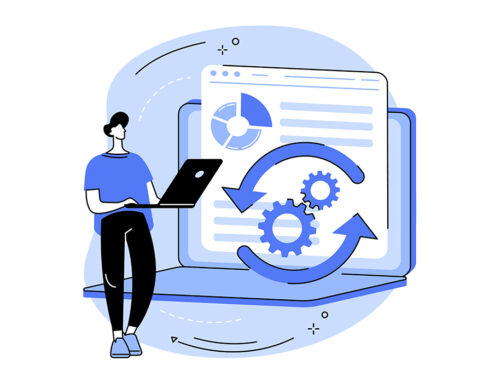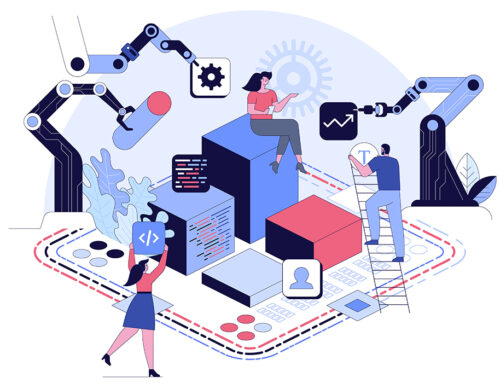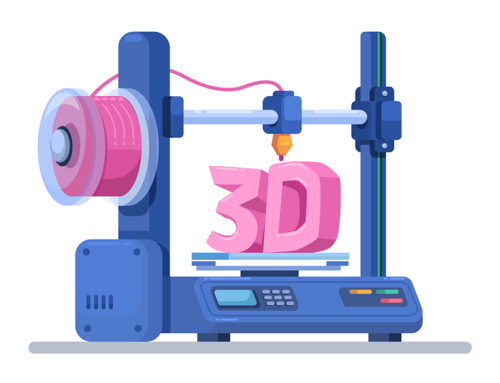Today’s customers expect more than fancy features from their assets. They want a guarantee that they will consistently and reliably perform over time. This expectation is changing how organizations develop, deliver, and support their offerings. They are now evaluated less on the quality of their products and more on the results those products produce.
Author Radiana Pit | Copperberg

Photo: Freepik
The industry’s shift to product-as-a-service (PaaS) is thus causing major changes in how companies are structured, shifting the focus towards continuous services and outcomes rather than products and one-off transactions.
Changes in organizational dynamics
Transitioning to a service model like PaaS means restructuring aspects of the organization and product design to incorporate services directly into the products. From predictive maintenance to real-time updates, these services are becoming essential for customer satisfaction and operational efficiency.
With PaaS, customers are investing in specific outcomes. Whether it’s maximizing uptime or lowering production costs, organizations are under pressure to set higher standards for product reliability and maintenance that guarantee the results their customers expect. They need robust systems in place to monitor, predict, and promptly address potential issues, ensuring that their products deliver as promised.
To achieve this, cross-functional collaboration and integration is essential. Departments that previously focused solely on manufacturing are now closely collaborating with service teams. The sales teams are now more focused on providing ongoing support and nurturing customer relationships rather than pushing sales. Companies are thus prompted to invest more in training, technology, and talent capable of delivering both products and the excellent service experiences customers demand.
The financial aspects of PaaS
Shifting to PaaS fundamentally alters how revenue is earned and managed. In the traditional setup, revenue mainly came from one-time product sales. With PaaS, revenue streams are intertwined with ongoing service delivery. Companies now generate recurring revenue through service subscriptions, maintenance contracts, and usage-based fees. This shift requires a strategic overhaul in revenue models, transitioning from one-off transactions to continuous revenue streams connected to product performance and customer outcomes.
Ensuring uptime guarantees and swift part replacements are thus integral to the PaaS strategy. From a financial perspective, this means allocating resources towards inventory management, logistics, and efficient service delivery to minimize downtime and maximize revenue opportunities. And as customers regularly pay for consistent access to parts and services, organizations invest more in continuous innovation and service upgrades to justify subscription fees.
Business model transformation
PaaS completely transforms and redefines customer relationships and revenue strategies. Whilst before companies focused on selling products based on their features and specifications, now they are emphasizing the outcomes customers will achieve by using their assets. From increased production output and reduced downtime to improved efficiency, providers now offer services and measurable value directly tied to these outcomes.
Unlike traditional models, PaaS thrives on transparency—customers know exactly what they’re paying for and why. Pricing models are often customized to reflect usage, performance metrics, and the value delivered. Flexible contract types allow for customization based on customer requirements, whether it’s short-term leases, long-term subscriptions, or pay-as-you-go options.
This is how the provider and customer embark on a journey of continuous improvement together. To ensure they meet the contract provisions, service providers invest in research and development to enhance product functionalities, integrate cutting-edge technologies, and respond quickly to market changes. Upgrading services then ensures that their customers benefit from the latest innovations, extending the life cycle of assets and enhancing overall value.
Beyond the core offering, service providers likewise seek to enhance the value by adhering to sustainability, ethical sourcing, and compliance with ESG standards, creating a compelling proposition. This is very efficient for customers who seek partners in achieving business goals. Most modern customers don’t want to buy from their service provider. Instead, they want to collaborate, co-create solutions, and share risk-reward scenarios.
Looking ahead
Organizational structures are evolving to support service-centric models like PaaS. Financially, transitioning to embedded revenue streams and subscription-based models offers stability and recurring income, reducing risks associated with one-off sales such as customer turnover. Looking forward, service providers should make the following considerations:
- Invest in technology: Implement advanced monitoring and maintenance technologies to deliver high-quality services.
- Emphasize customer relationships: Build strong, ongoing relationships with customers to ensure loyalty and satisfaction.
- Adopt flexible pricing models: Develop transparent and flexible pricing strategies that reflect the value provided to customers.
- Focus on continuous improvement: Commit to regularly updating and enhancing service offerings to meet evolving customer needs.
- Manage financial risks: Develop robust financial management practices to handle the new revenue recognition and accounting requirements of subscription models and outcome-based contracts.
Embracing these PaaS principles will create an organizational shift towards value creation and sustainable growth.
About Copperberg AB
Founded in 2009, Copperberg AB is a European leader in industrial thought leadership, creating platforms where manufacturers and service leaders share best practices, insights, and strategies for transformation. With a strong focus on servitization, customer value, sustainability, and business innovation across mainly aftermarket, field service, spare parts, pricing, and B2B e-commerce, Copperberg delivers research, executive events, and digital content that inspire action and measurable business impact.
Copperberg engages a community reach of 50,000+ executives across the European service, aftermarket, and manufacturing ecosystem — making it the most influential industrial leadership network in the region.





